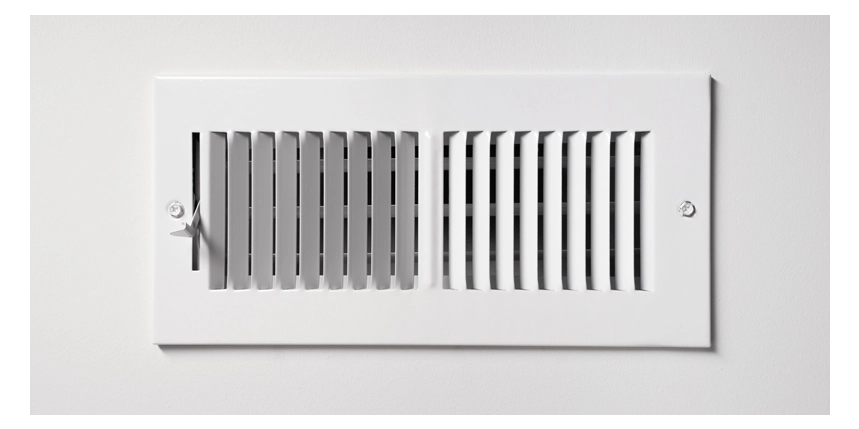 Ever wonder why ceiling vents and attic AC ducts are so common? You are not alone. Ceiling ducts can offer an array of opportunities, but their reality may turn out to be more than you bargained for. Though ceiling vents are an effective solution in some regards, ceiling ducts can create a host of operational disadvantages…
Ever wonder why ceiling vents and attic AC ducts are so common? You are not alone. Ceiling ducts can offer an array of opportunities, but their reality may turn out to be more than you bargained for. Though ceiling vents are an effective solution in some regards, ceiling ducts can create a host of operational disadvantages…
Why do people so commonly use ceiling vents?
- Simple solution
Two words: Attic installations. Homeowners and builders are quick to take advantage of available attic space, which is empty, readily available, easy to access, and does not detract from living space, subsequently making ceiling vents the easiest location for delivery. - Superior delivery of cooled air
Because hot air rises, and cool air sinks, ceiling vents are the delivery system of choice for cooled air, particularly in hot, humid climates with a predisposition for cooling. In geographic locations where heating needs predominate, however, the story changes, putting floor vents in the spotlight. - Doesn’t waste usable space
Ceiling ducts don’t hog existing or potential closet, wall, or ceiling space, making an interesting - or worse - unsightly decoration, and ceiling vents don’t present the decorative dilemma floor vents often due, forcing furniture to strange locations to prevent blockages in airflow. - Costs less initially
Simply chucking vents up in the attic without the added expenses of installation in conditioned or lived in areas (drywall, framing, etc.) does indeed offer a more cost effective solution – up front at any rate.
Does this make ceiling ducts and ceiling vents my most effective option?
Hold your horses. That depends upon the installation and application. Applications, as we stated earlier, where cooling needs predominate, ceiling vents are an effective choice. However the placement of AC ducts is critical. If you install your duct work in conditioned space, such as a dropped ceiling, chase, or bulkhead, rather than in vented and unconditioned locations such as attics and crawlspaces, you could gain significant advantages:
- Increasing the efficiency and longevity of your AC system.
- Lowering energy bills.
- Protecting indoor air quality.
Avoiding non-insulated attic AC ducts is key to the most effective use of ceiling vents – and your system:
- These installations are illogical from an operational standpoint.
If you’re trying to heat and cool your home, why place duct work in an area of your home that experiences the most extreme temperatures and suffer the consequences of heat transfer? - Costs far more in the long run.
A case study by Energy Van Guard, an Energy Star partner whose mission is to increase the energy performance of homes, revealed substantial savings are offered by locating duct work in conditioned space which far outperform other efficiency upgrades.
Afraid you’re stuck with an attic installation? You have options.
In single-story homes, dropped ceilings or chases offer opportunities for AC duct installation. In multi-storied homes, in-between floors or in open-web floor joists installation is possible. In older or tightly laid out homes where there is no workaround for attic installations, installing a plenum truss or sealing your attic with open-cell spray foam, though more costly than chase and joist installations, offer significant and effective temperature reduction strategies.
Revamping your AC system have your stress levels through the roof? Aire Serv® can help. Contact us today.

